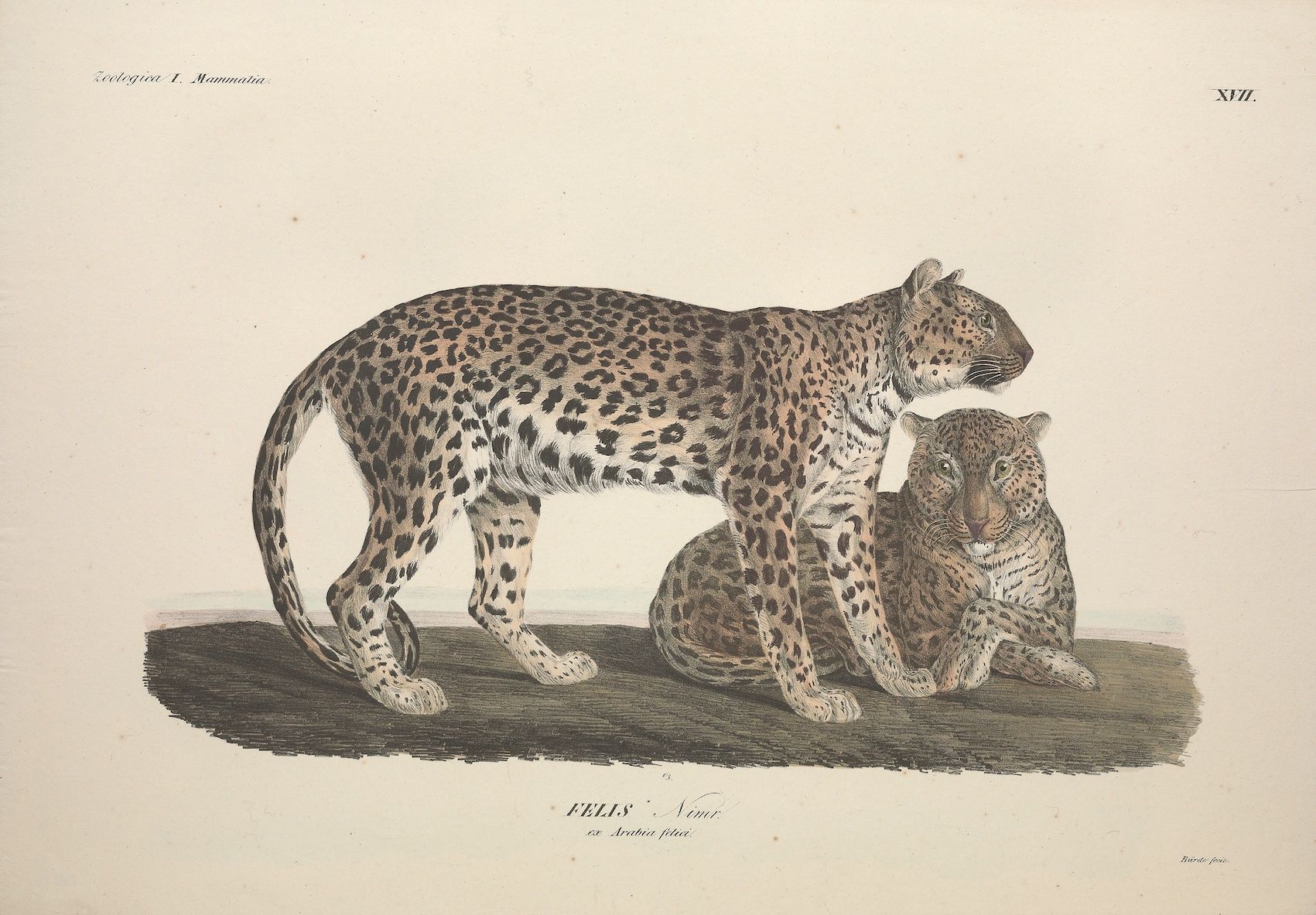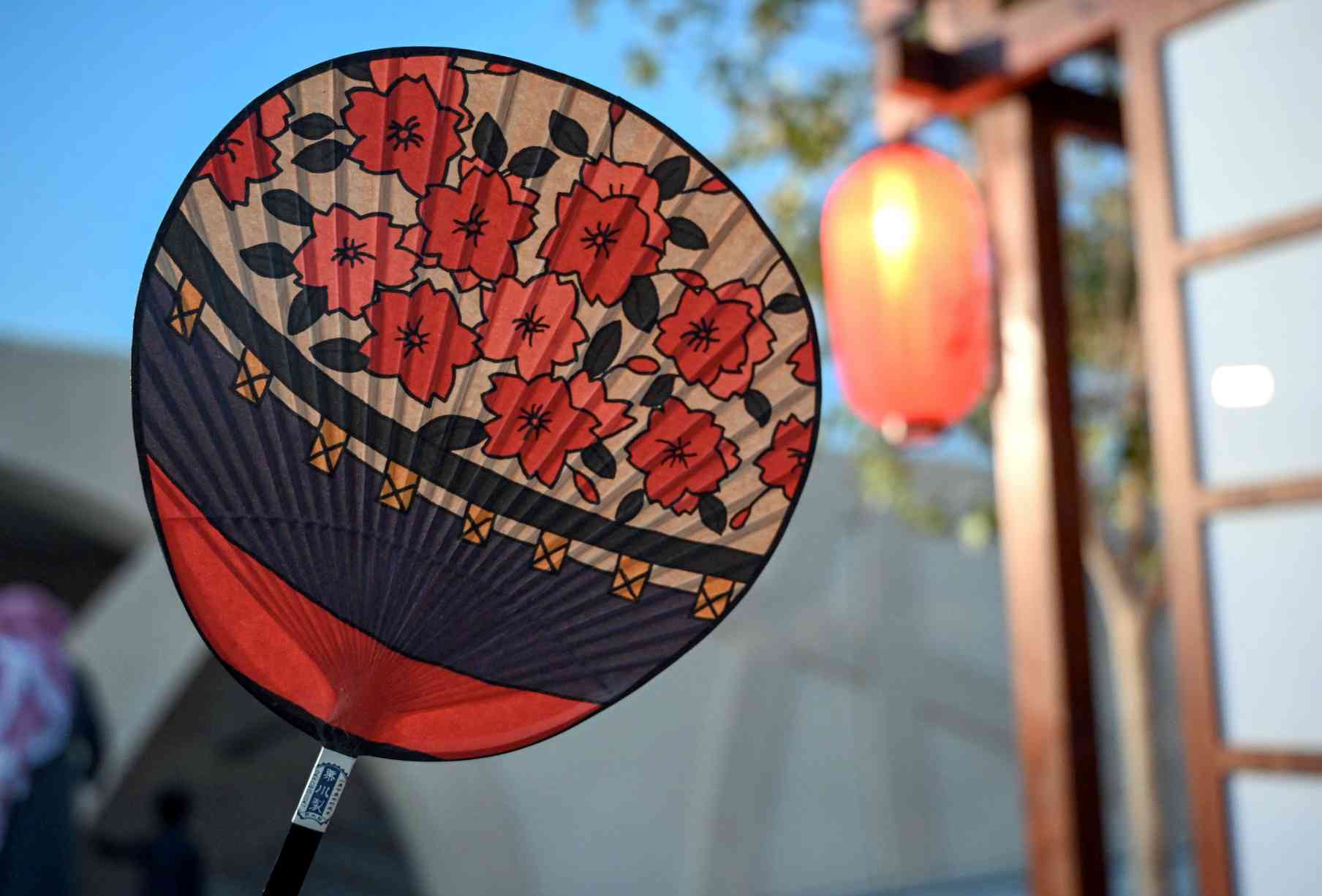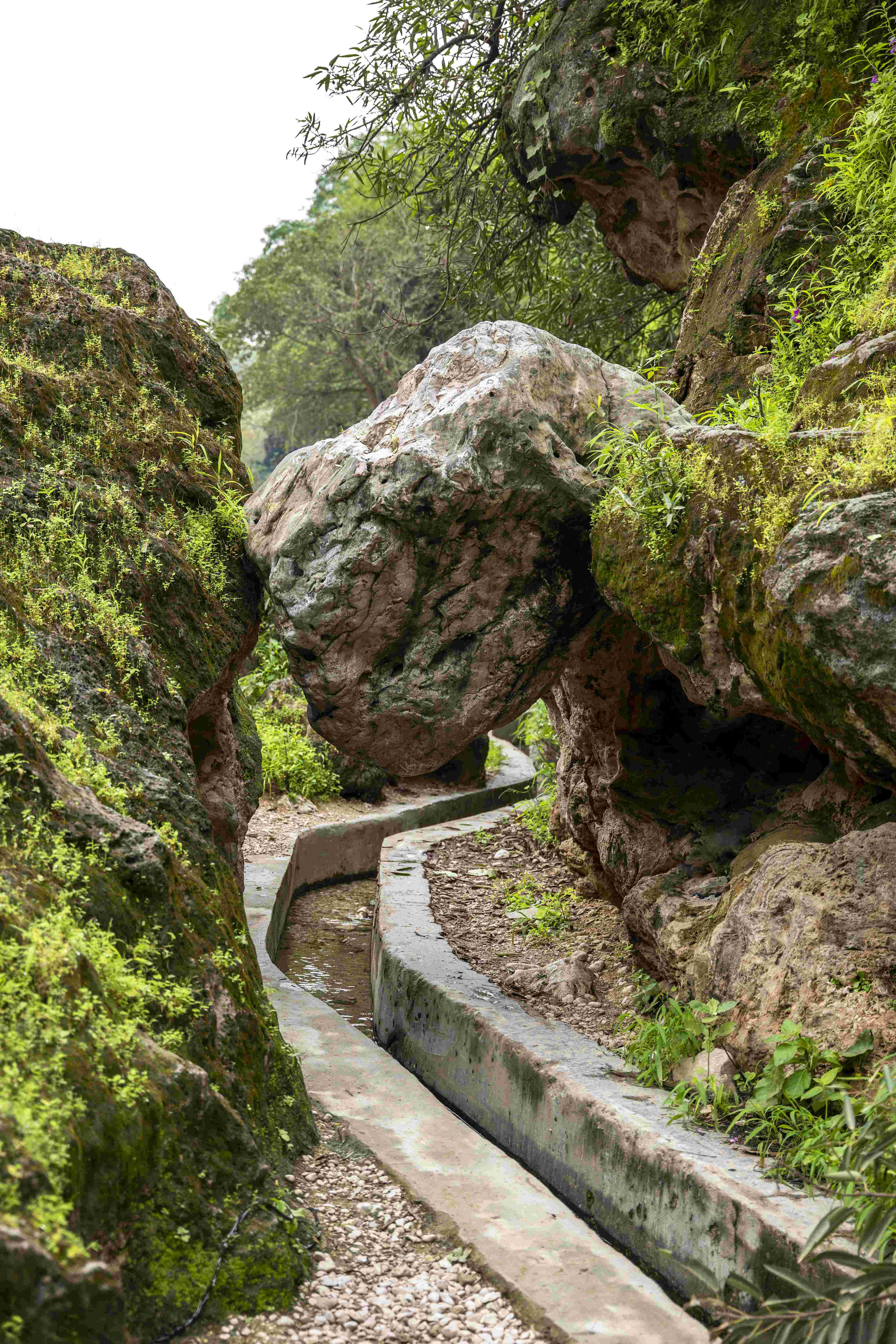Beauty under the Macro-Scope
A 5x close-up of the “whimsical” jumping spider. Courtesy of Mishal Alryhan.
Brushed off, overlooked, neglected, stepped on, sometimes out of mere indifference but often with disgust. A grain of sand, a fallen leaf, a speck of dust, a droplet of water, and all those that dwell alongside—all taken for granted, yet are the very essence of nature.
It takes a probing eye to fully appreciate the beauty which lies in insect life, whether in their anatomy, their lush colors and sharp features, or the details of their habitats and the uniqueness of their ecosystems and lifecycles.
They hold keys to the advancement of urban culture on many levels; they have inspired many with their navigating and understanding of the universe and nudged human imagination to create wonders in literature, fantasy and science fiction.
To examine the hidden beauty of insects, more so in the region of Arabia, we sat with award-winning Saudi photographer Mishal Alryhan, who spoke to us about his journey, shared the stories behind some of his work and shed some light – literally and figuratively – on the art of macro-photography.
Macro photography – a manipulation of lenses for close-ups – is a challenging field that requires a lot of patience, precision and efficiency. It can even be dangerous when you go out in the field to shoot moving subjects who can bite, but it is immensely rewarding once you get to the final result. It is not exclusive to art and documentation; its uses span across different subjects and professions such as dentistry, forensics and geology.
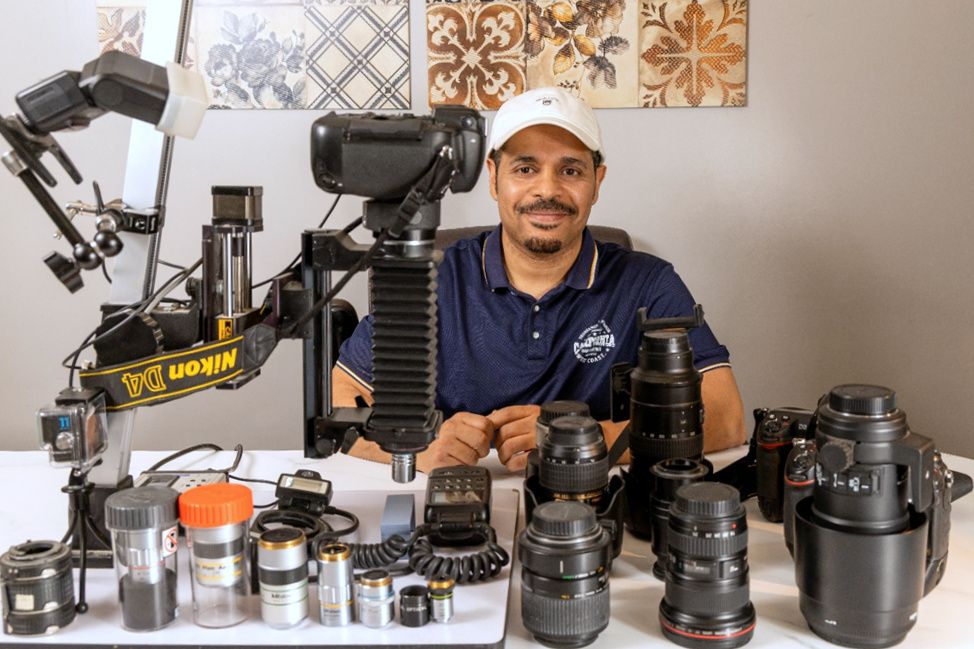
Award-winning macro-photographer Mishal Alryhan surrounded by his tools and lenses, 2025. Courtesy of Mishal Alryhan.
Alryhan first experimented with macro photography back in 2006 using none other than a Nokia 6600, a humble device in today’s metrics but cutting-edge in its time.
This took place at his family farm in al-Hasa, when, upon stumbling on a fruit fly with lush green colors reminiscent of the shades of the aurora, Mishal’s father encouraged him to capture a photo. When asked about what attracted him to a niche genre of photography such as macro, Alryhan always referred to that particular moment.
Besides his father, Mishal found unwavering support from his friend Ali Al Raisi, an entomologist and plant health specialist at Sultan Qaboos University in Oman, who helped him cross-reference his work and provided academic depth to his findings.
A science teacher for elementary school children by profession, Alryhan felt his passion for the complex and the extraordinary satiated by delving into the field of macro.
“I try to take photos of the insects I can find. I once photographed a wolf spider only to find later that what I came upon was an endangered species, on the red line category of the Archive Encyclopedia,” he said.
“This does not mean I look for the outlandish, but rather to document the rare and marvelous species; ones that highlight the beauty of creation and leave a lasting impression on the observer.”
When asked if he paid special attention to the insects of Arabia, or was he more interested in the aesthetic and contrast of colors, Alryhan replied: “I did not limit myself to Arabia; I traveled to forests in various regions such as Malaysia, India and Sri Lanka, and I acquired many samples to photograph.
What helped me develop quickly was my keenness to communicate with seasoned professionals and learn from the experiences of photographers from different parts of the world such as Sweden, the Americas and Spain.”
Regular cameras could only zoom from 1x to 5x, and when you wanted to zoom in further and capture all the details you wish to cover, one had to tinker with the lenses themselves and do a process the photographers called "trimming", which allows camera lenses to expand their zoom bandwidth.
“I was also one of the first to introduce the StackShot device to the Kingdom. It’s a special device for merging images that allows photography at 1 micro (1 thousandth of a millimeter), then you must take several images and merge them into layers, just like astronomical photography. I also learned how to process my work using specialized editing programs,” he explained.
When asked about what art meant to him, Alryhan responded: “I think of art as the ability of conveying a special and striking experience to an audience. It is as simple as that, and to me this is the pinnacle of creativity. To be able to touch others with an unusual idea or give them a glimpse into something which was once beyond them. As a macro photographer, I tend to focus on details that may have different interpretations. They may feel abstract at first but are more awe-striking when the viewer learns of the origin of said photographs. They appreciate them even more.”
I love odonata such as the dragonfly and damselfly, for their beautiful colors, strange shapes and ability to fly and hunt despite their poor eyesight. I have photographed them in different situations, colors and sizes, and I am amazed by their accuracy, as they are very small, like a flying needle.
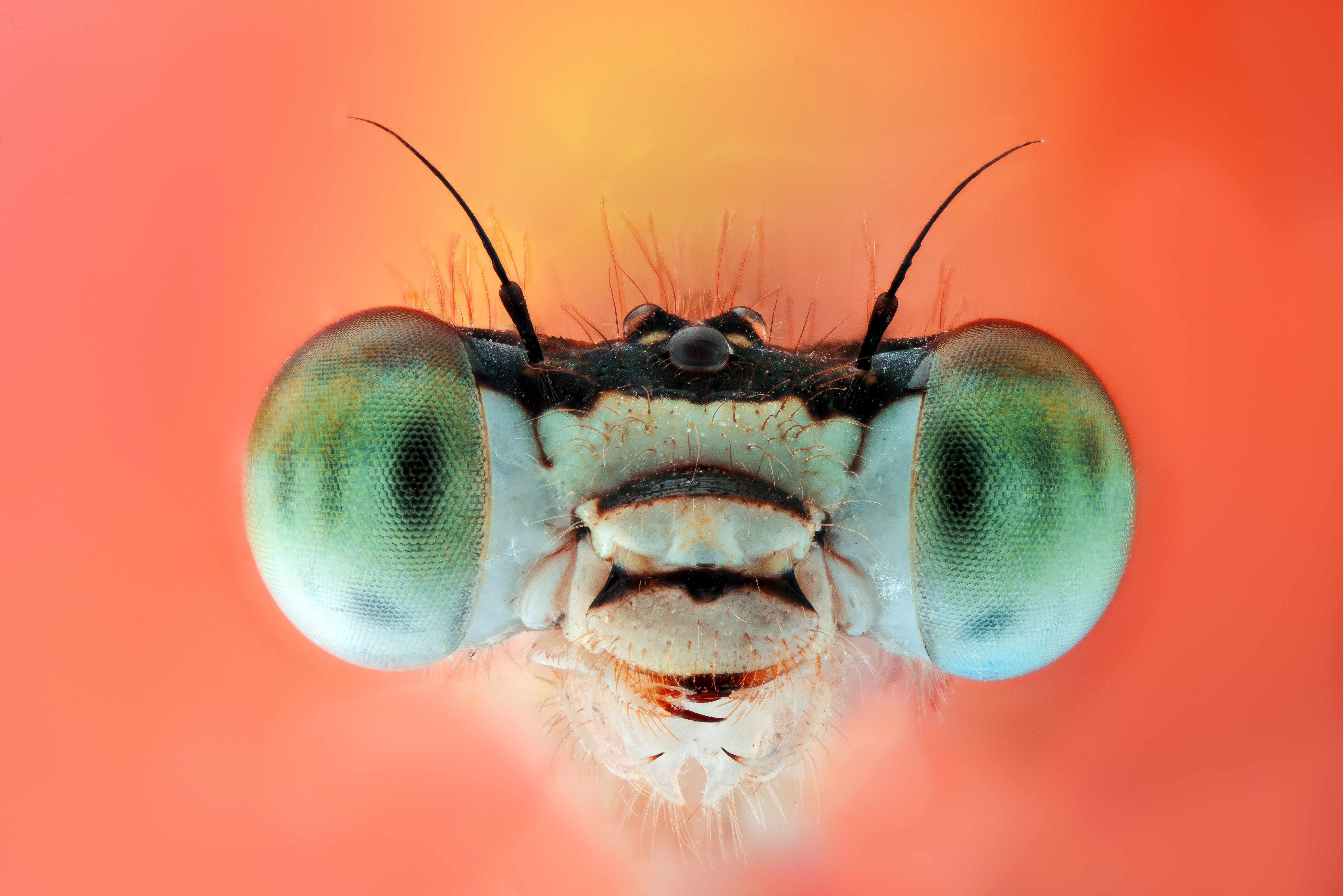
A 5.8x close-up on a green-eyed damselfly. Courtesy of Mishal Alryhan.
They are found in most areas of the Kingdom and in Al-Hasa and are concentrated around bodies of water. That’s because they lay their eggs on water, from which they begin their life cycle. I also love the oddly-shaped mantis and its strong claws with which it can even hunt birds.
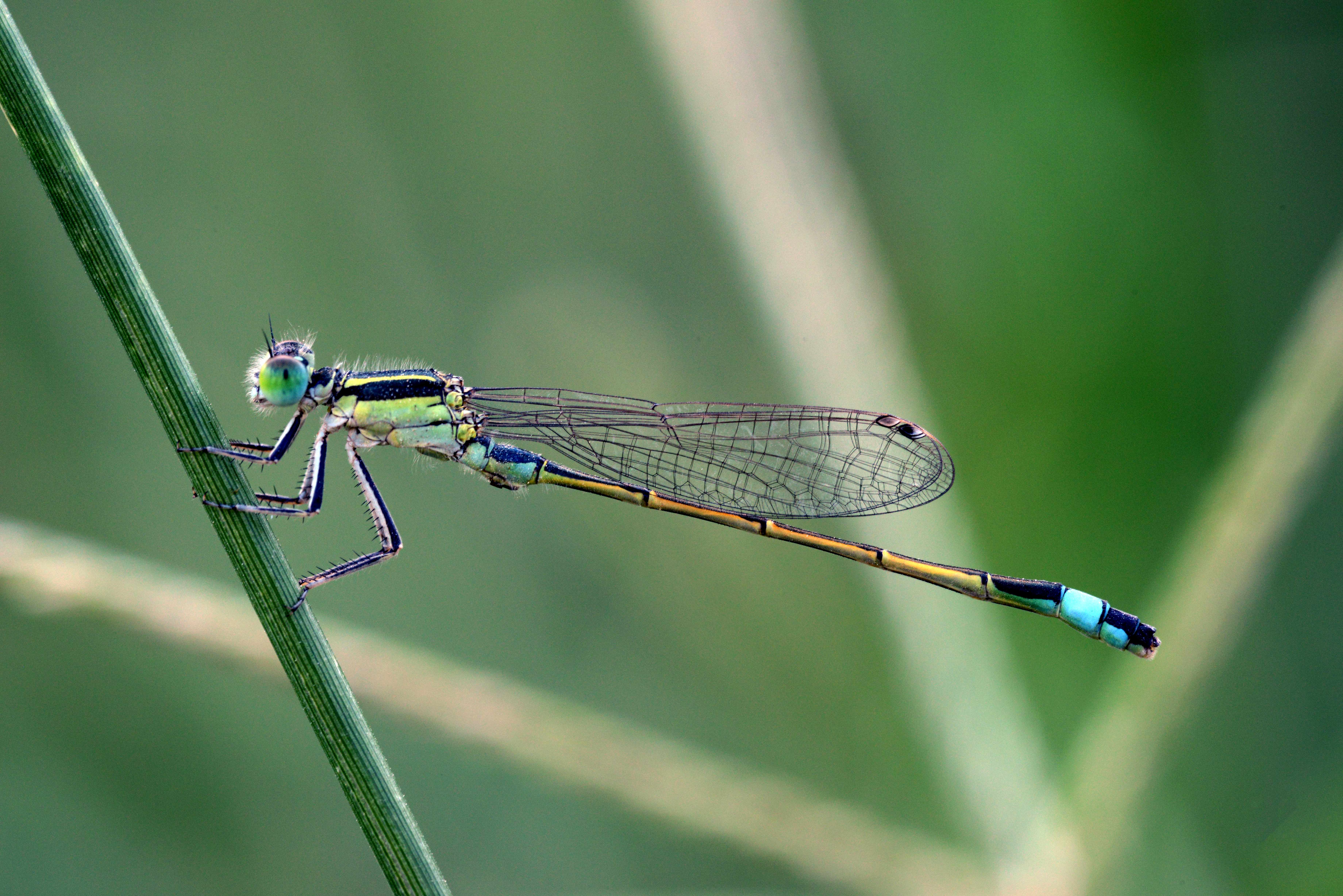
A full-body image of a 6 cm damselfly, the size of a sewing needle. Courtesy of Mishal Alryhan.
I once found a silverfish, or what we in Al-Hasa refer to as Sahilah Umm Al-Khalaqeen. It is always found around clothes or within closets that have fabrics. When I found it, I decided to photograph its eyes, and I photographed them at approximately 70x. The result I then got was mind blowing.”
Whether it is a humble mushroom peeking behind a tree, an uninvited silverfish lurking in our closets or even a dangling spider who lives rent-free in our bedrooms, works of art like those by Alryhan remind us that beauty requires an observant eye ready to zoom in and capture it in the most unusual of places.
Enjoy more of Mishal Alryhan’s photographs here.
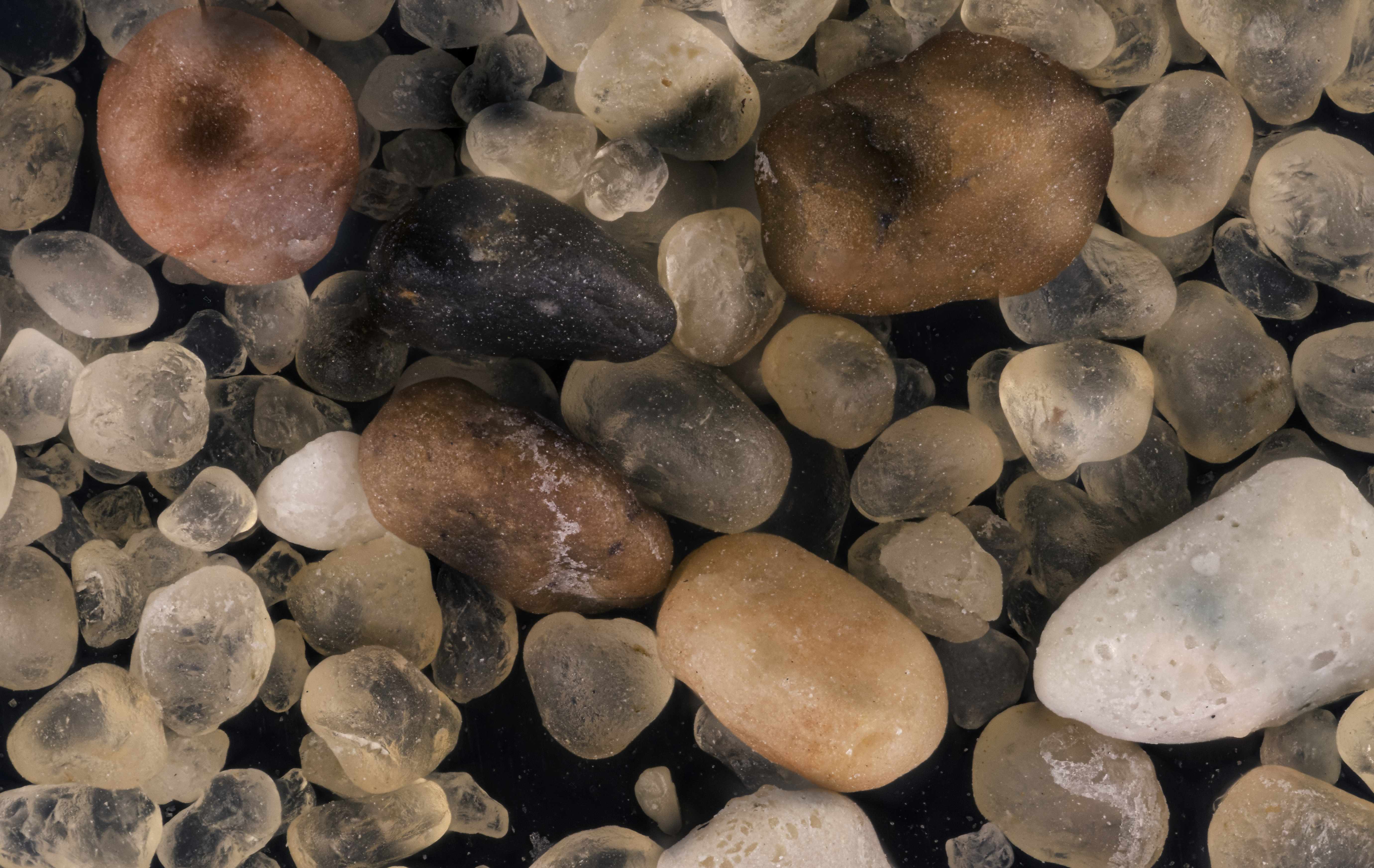
A 5x close-up of sand grains from Al-Hasa region. Courtesy of Mishal Alryhan.
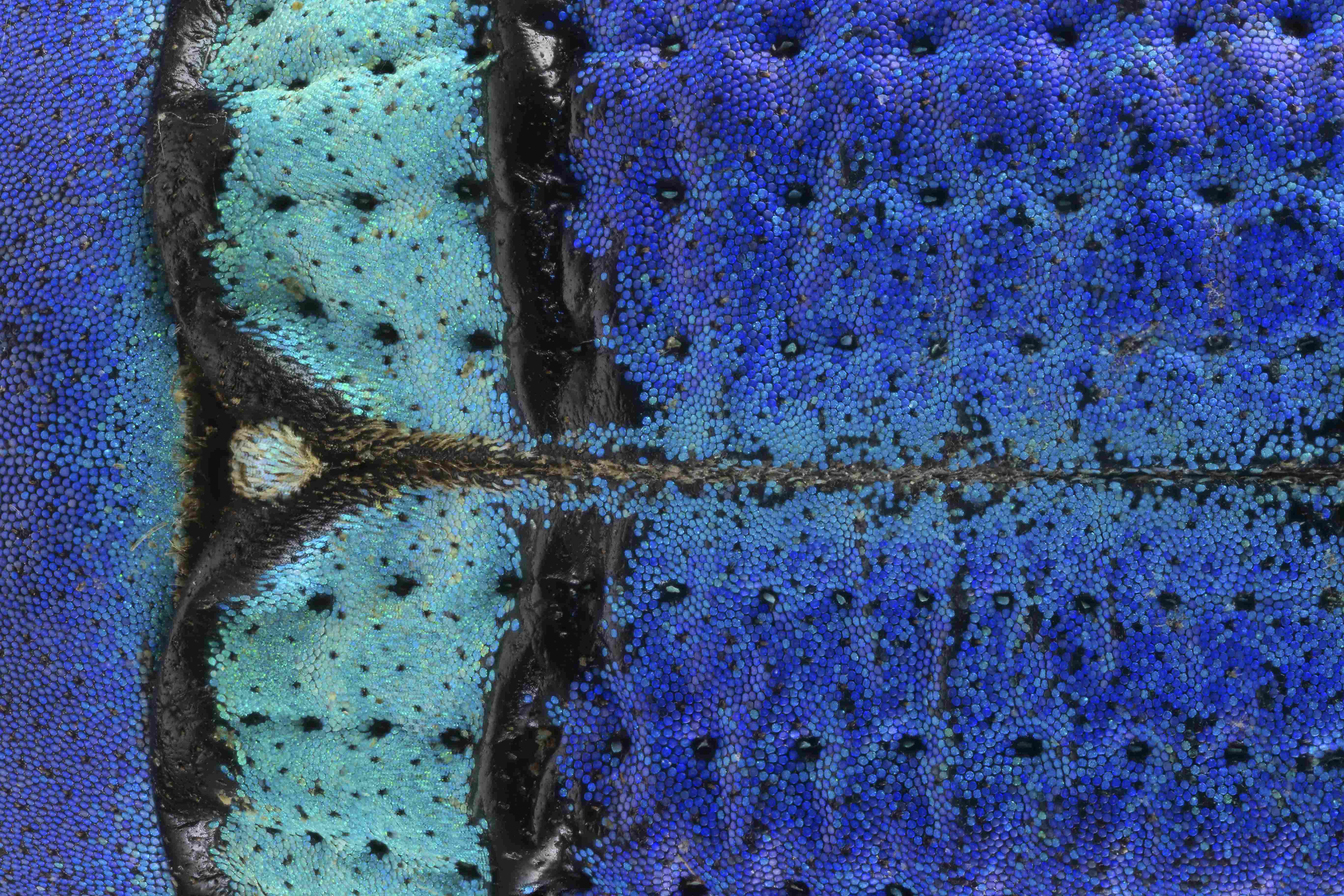
A 4x close-up on the back of a blue weevil beetle. Courtesy of Mishal Alryhan.
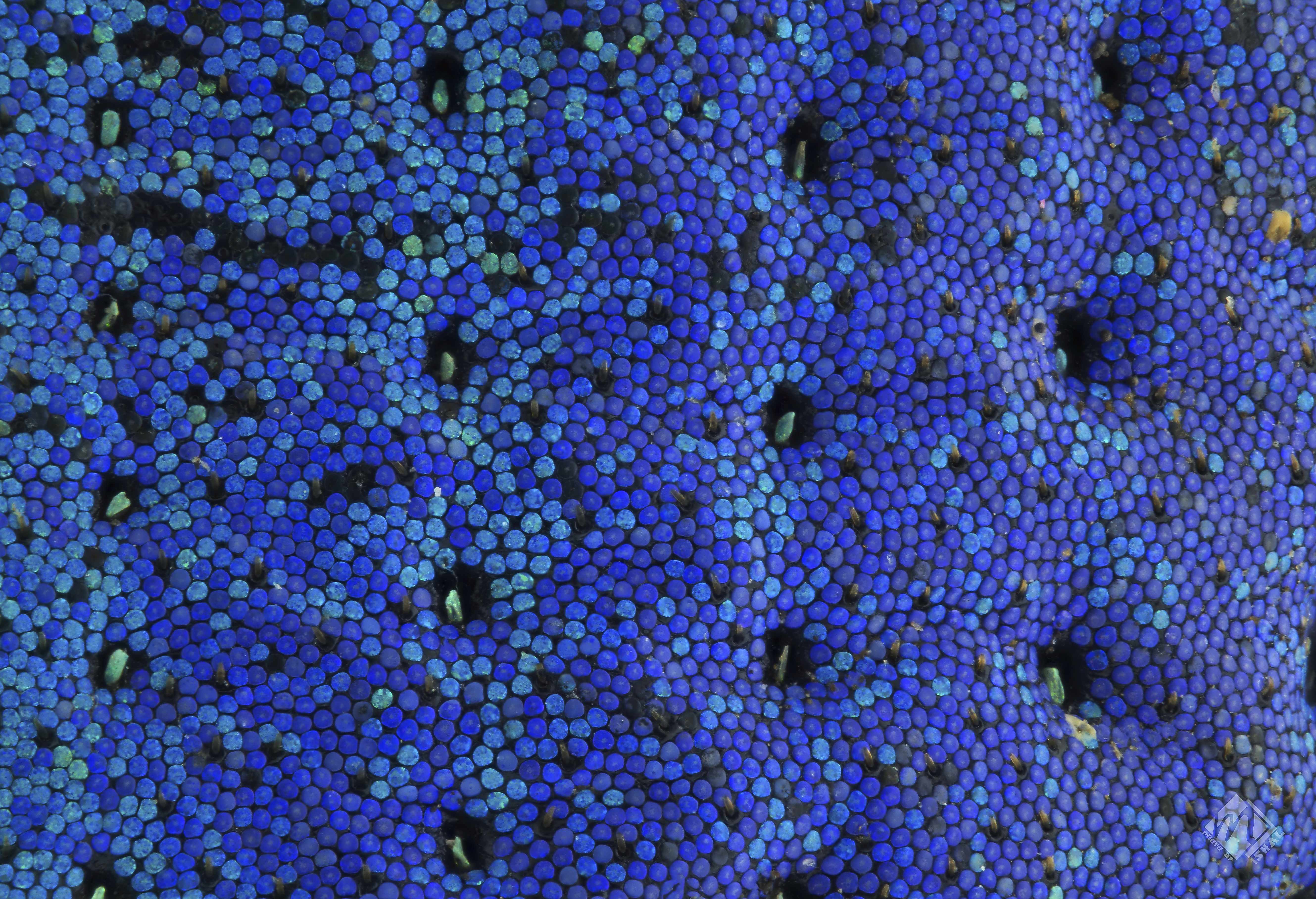
A 10x close-up on the back of a blue weevil beetle. Courtesy of Mishal Alryhan.
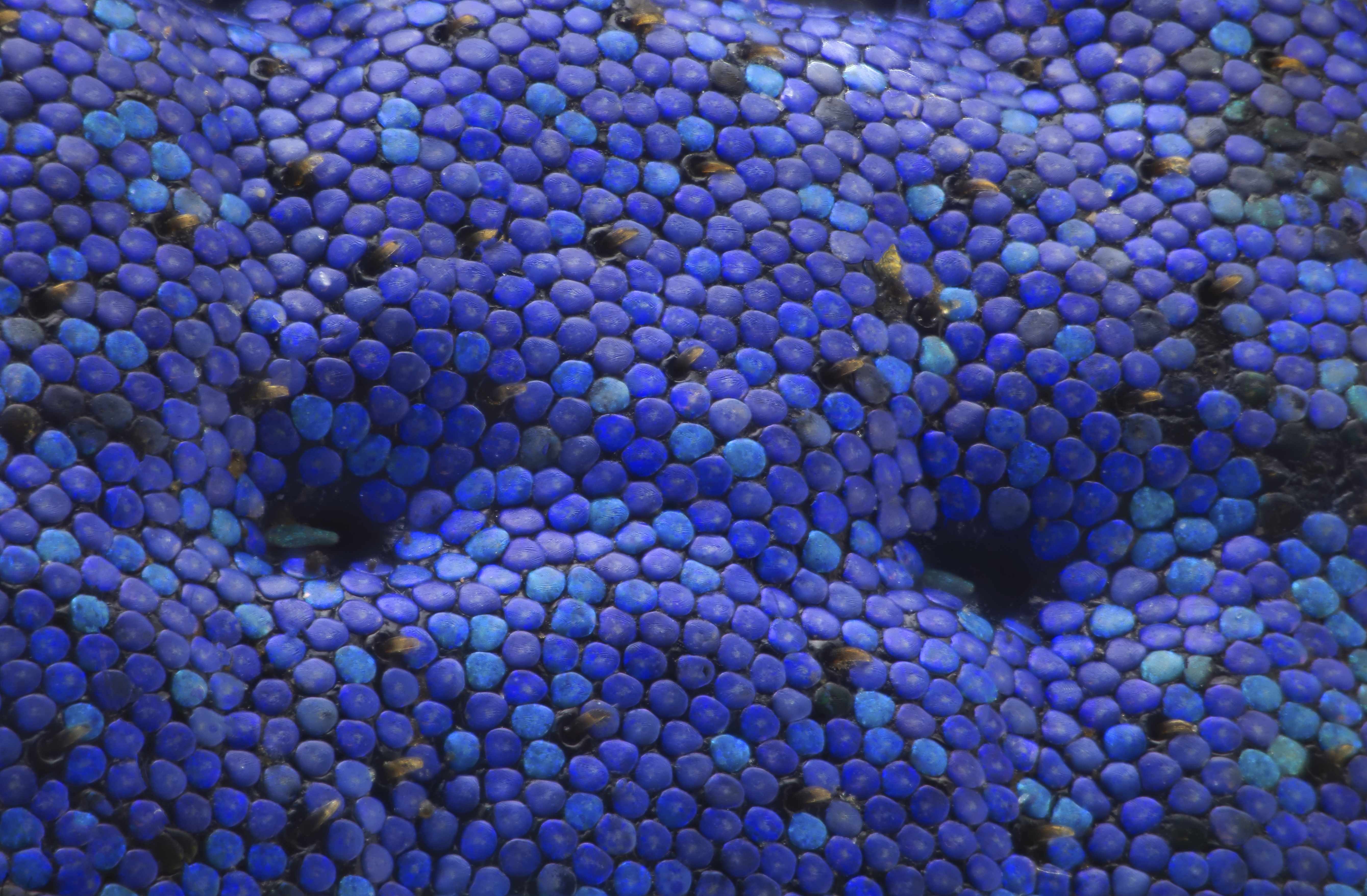
A 50x close-up on the back of a blue weevil beetle. Courtesy of Mishal Alryhan.
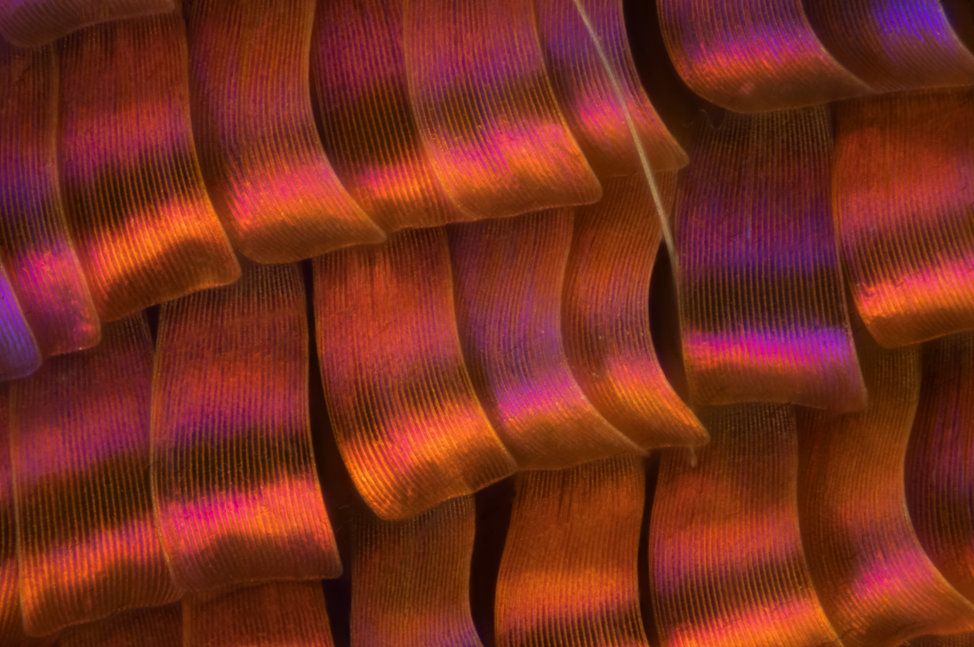
A 55x close-up on the wing of the sunset moth (Chrysiridia rhipheus). Courtesy of Mishal Alryhan.
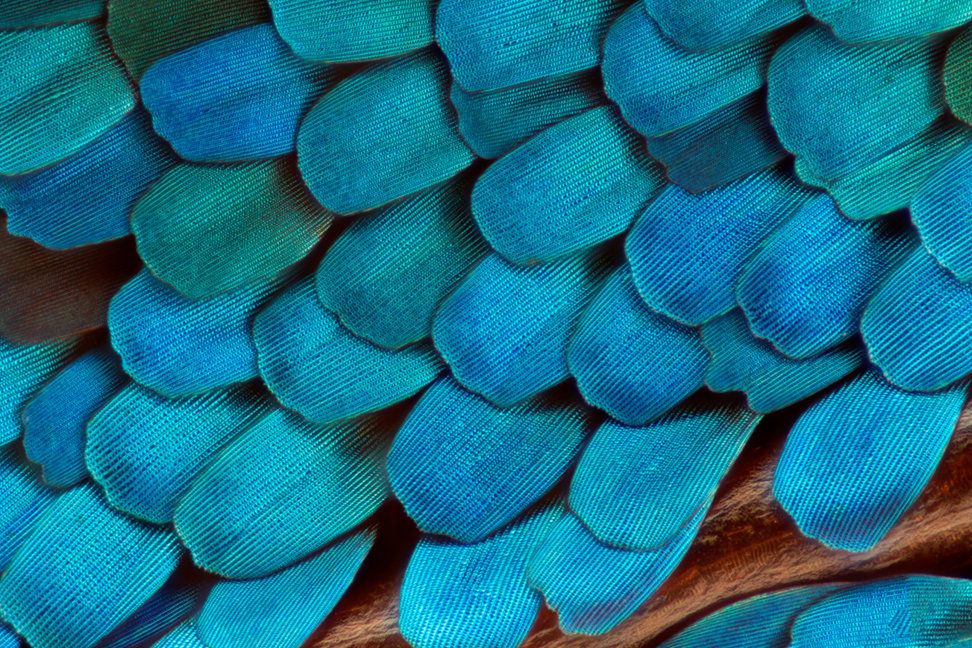
A 50x close-up of the wing of the necyria butterfly (Necyria duellona). Courtesy of Mishal Alryhan.
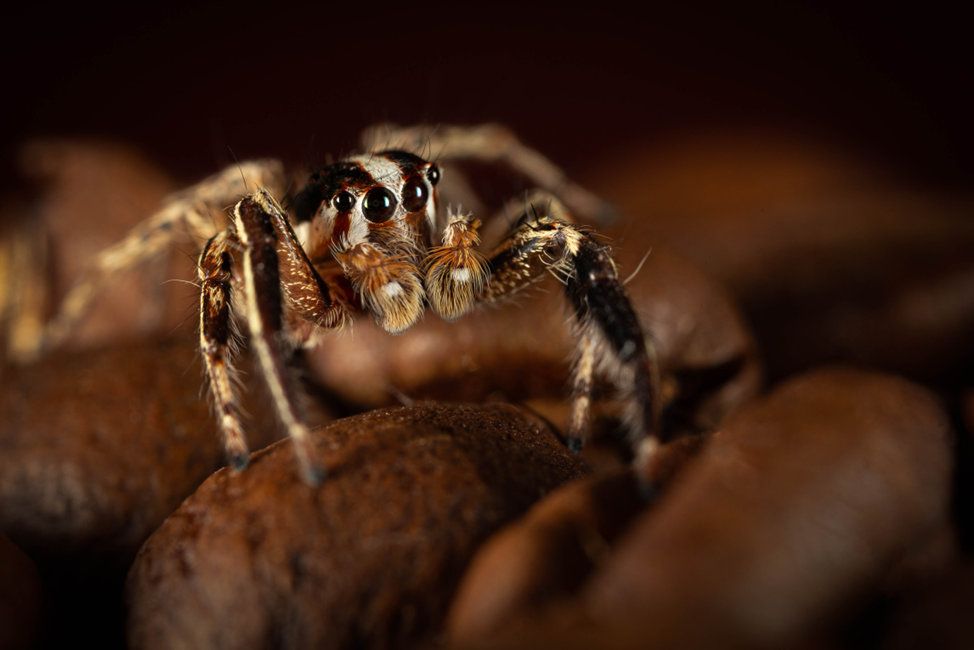
A 2x close-up on a jumping spider atop coffee beans. Courtesy of Mishal Alryhan.
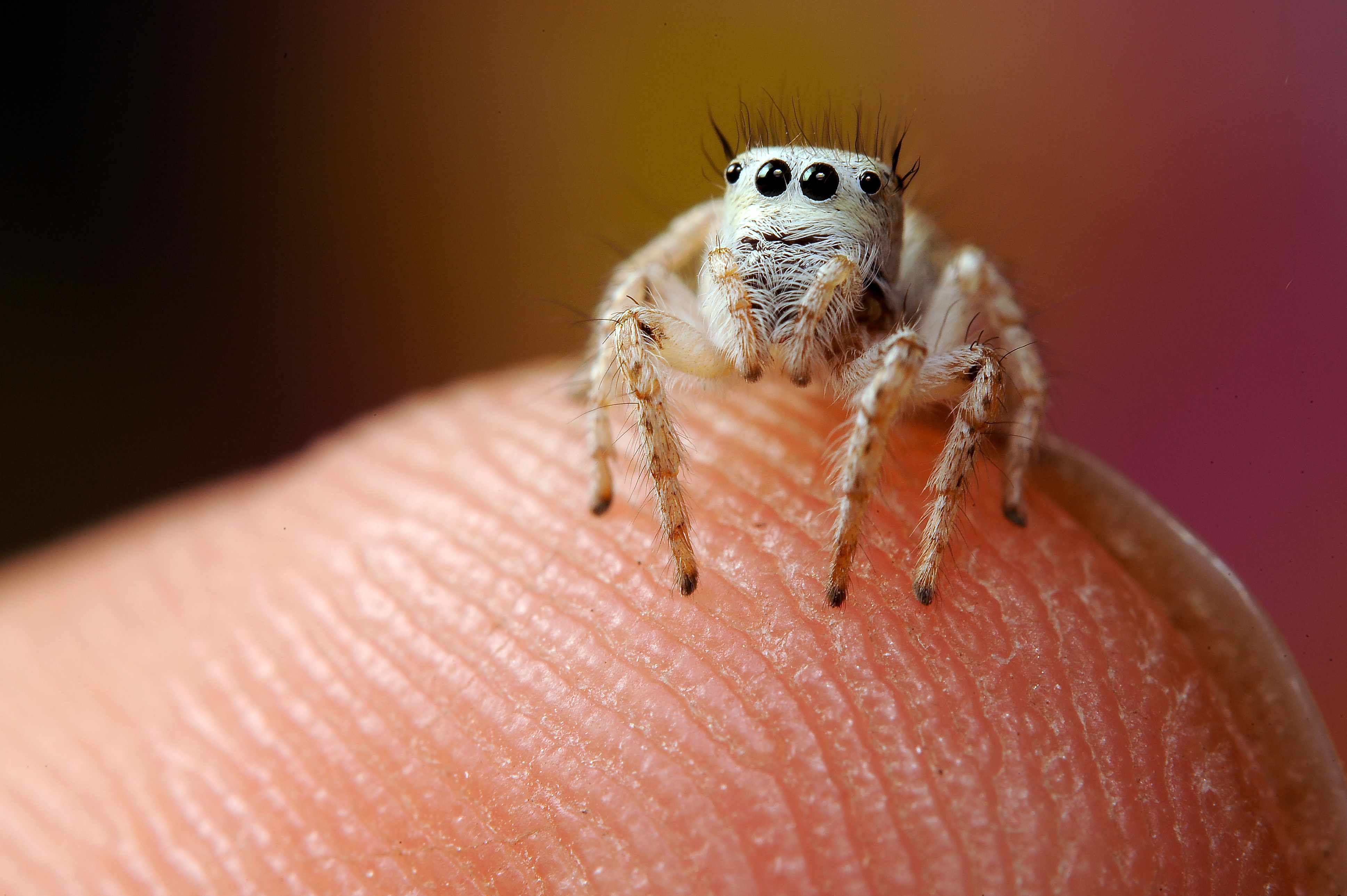
A 3-millimeter jumping spider photographed on a fingertip. Courtesy of Mishal Alryhan.
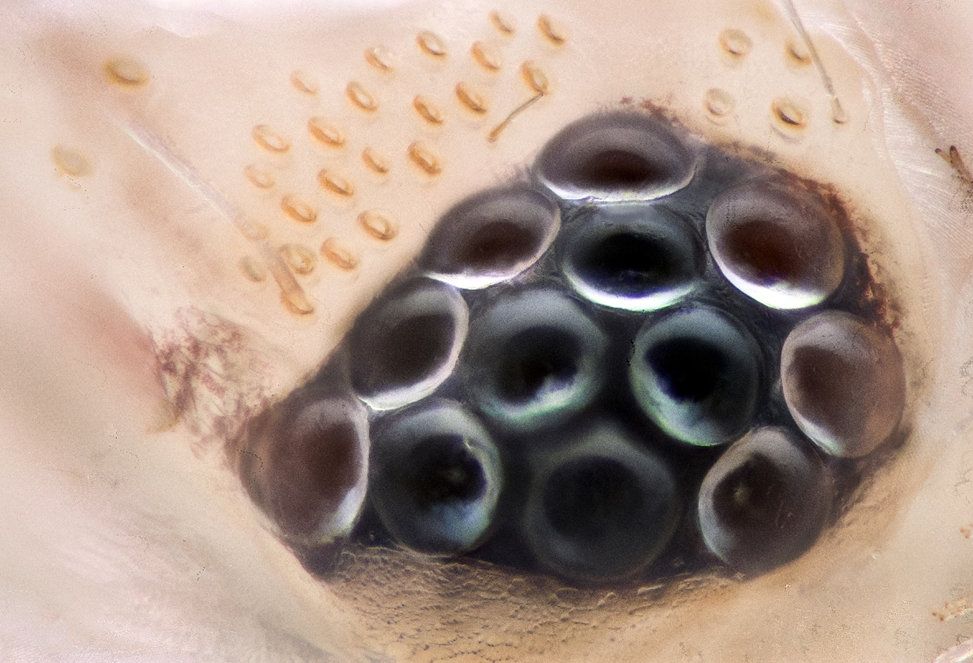
A 63x close-up of the eyes of a silverfish insect, which cannot be seen by the naked eye. Courtesy of Mishal Alryhan.
